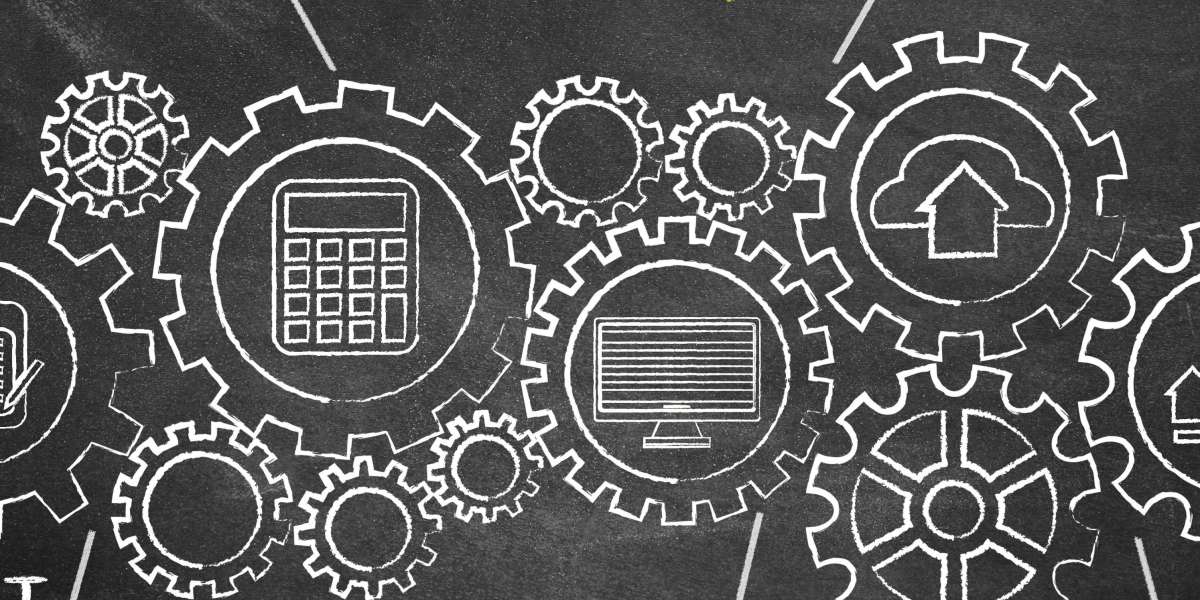Introduction
In the ever-changing landscape of technology, legacy systems stand as silent witnesses to the evolution of computing. Their journey, spanning decades, reflects the remarkable advancements that have shaped modern computing as we know it today. Let's embark on a journey through time to trace the fascinating evolution of legacy systems.
Early Beginnings: From Mainframes to Personal Computers
The story begins in the mid-20th century with the emergence of mainframe computers. These colossal machines, occupying entire rooms, were the pioneers of computing, processing data for large organizations and government agencies. They laid the foundation for early legacy systems, characterized by their centralized architecture and batch processing capabilities.
As technology progressed, the 1970s witnessed the birth of minicomputers and the advent of distributed computing. This era saw the rise of proprietary operating systems and database management systems, giving birth to the first generation of legacy software applications tailored to specific business needs.
Rise of Client-Server Architecture and Enterprise Systems
The 1980s marked a significant shift with the introduction of client-server architecture. This decentralized approach enabled organizations to distribute computing tasks between client machines and servers, leading to greater scalability and flexibility. Legacy systems evolved to accommodate this paradigm shift, giving rise to enterprise resource planning (ERP) systems and relational database management systems (RDBMS).
The 1990s witnessed the proliferation of the internet and the dawn of the digital age. Legacy systems adapted to embrace web-based technologies, facilitating online transactions and communication. This era also saw the emergence of middleware and integration platforms, enabling legacy systems to interoperate with newer technologies seamlessly.
Modern Era: Cloud Computing and Beyond
In the 21st century, the rise of cloud computing revolutionized the way legacy systems are deployed and managed. Organizations began migrating their legacy applications to the cloud, leveraging its scalability, accessibility, and cost-effectiveness. This shift paved the way for hybrid IT environments, where legacy systems coexist with modern cloud-native applications.
Conclusion
Today, legacy systems continue to play a vital role in supporting critical business operations across industries. However, their journey is far from over. With emerging technologies such as artificial intelligence, machine learning, and blockchain reshaping the digital landscape, legacy systems face new challenges and opportunities. As we look to the future, one thing remains certain: the evolution of legacy systems is an ongoing saga, reflecting the ever-changing nature of technology.








